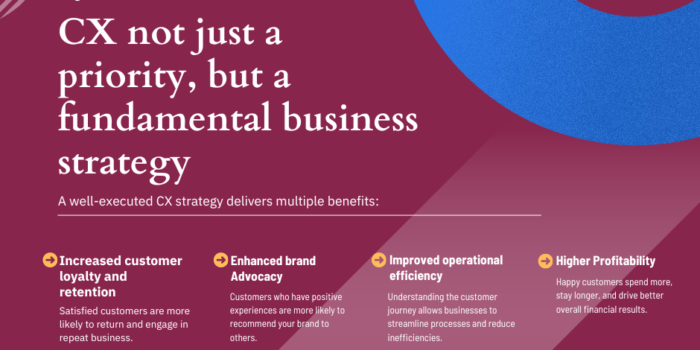Companies are readily seeking to envision a strategic transition to net zero emissions. Achieving a net zero emission reduction seems to become the largest reallocation of capital in history. This comes in line with a $10 Trillion sustainability market opportunity, growing investor interests, and ever-growing consumer sentiments driven by standards of sustainability.
This Sustainability Day here’s a checklist to drive net-zero transition for your venture. For getting insights tailored to suit your business needs, get in touch with our experts today.
Traceability Insights
To begin with, it is essential to increase traceability in the supply chain to drive better and more optimized solutions. The value of traceability comes directly from the reliability of the information coming from a traceable system, hence it is necessary to choose from multiple traceability models offering varying degrees of flexibility to suit the business needs.

Re-thinking the Product
To remain evident amidst the growing investor sentiments and disruptive technological advancements, it is advisable to start by investing at least one-third of the capital to rethink the product in a new direction. Integrating concepts of circularity along with responsible packaging and final use can prove to be important.
Communicating the Change
About 80% of consumers have been found to change their purchasing behavior based on standards of sustainability. Thus it becomes imperative to strategically communicate the change that your business is implementing. The best practices for communicating change involve tangibly integrating quantifiable results, communicating challenges, and engaging with customers.
Continuous Assessments
Companies need to initiate comprehensive and continuous assessments to realize net-zero transition stages and further lay down a realistic emission reduction plan. Data makes up a critical aspect of realizing net zero innovation as VCs are now using ESG performance as a decision-making criterion. Thus it is important to be fully equipped with figures and metrics for carbon accounting.






 Market Research
Market Research Consumer Research
Consumer Research Industry Research
Industry Research Market Entry Strategy
Market Entry Strategy Feasibility Studies
Feasibility Studies Product Research
Product Research User Research
User Research Automobile & Mobility
Automobile & Mobility Banking and Finance
Banking and Finance Consumer Products & FMCG
Consumer Products & FMCG Ecommerce & Retail
Ecommerce & Retail Industry & Manufacturing
Industry & Manufacturing Government & Public Sector
Government & Public Sector Industry Associations
Industry Associations Technology & Software
Technology & Software Venture Capital & PE
Venture Capital & PE Consulting & Advisory
Consulting & Advisory India Entry Market Research
India Entry Market Research Innovation Consulting
Innovation Consulting KX Market Radar
KX Market Radar Business Model Development
Business Model Development Gen Z Navigator
Gen Z Navigator